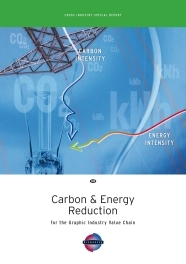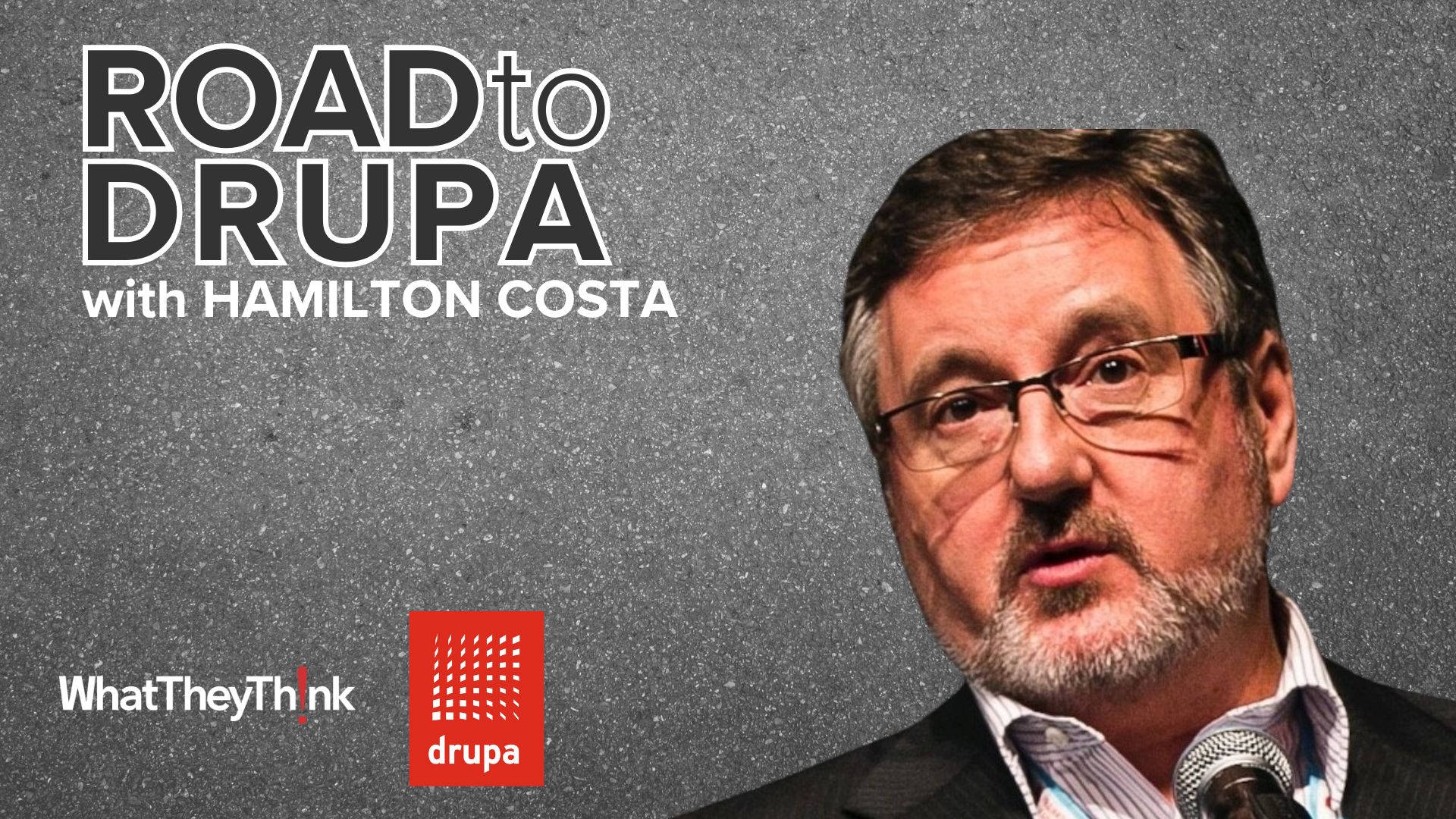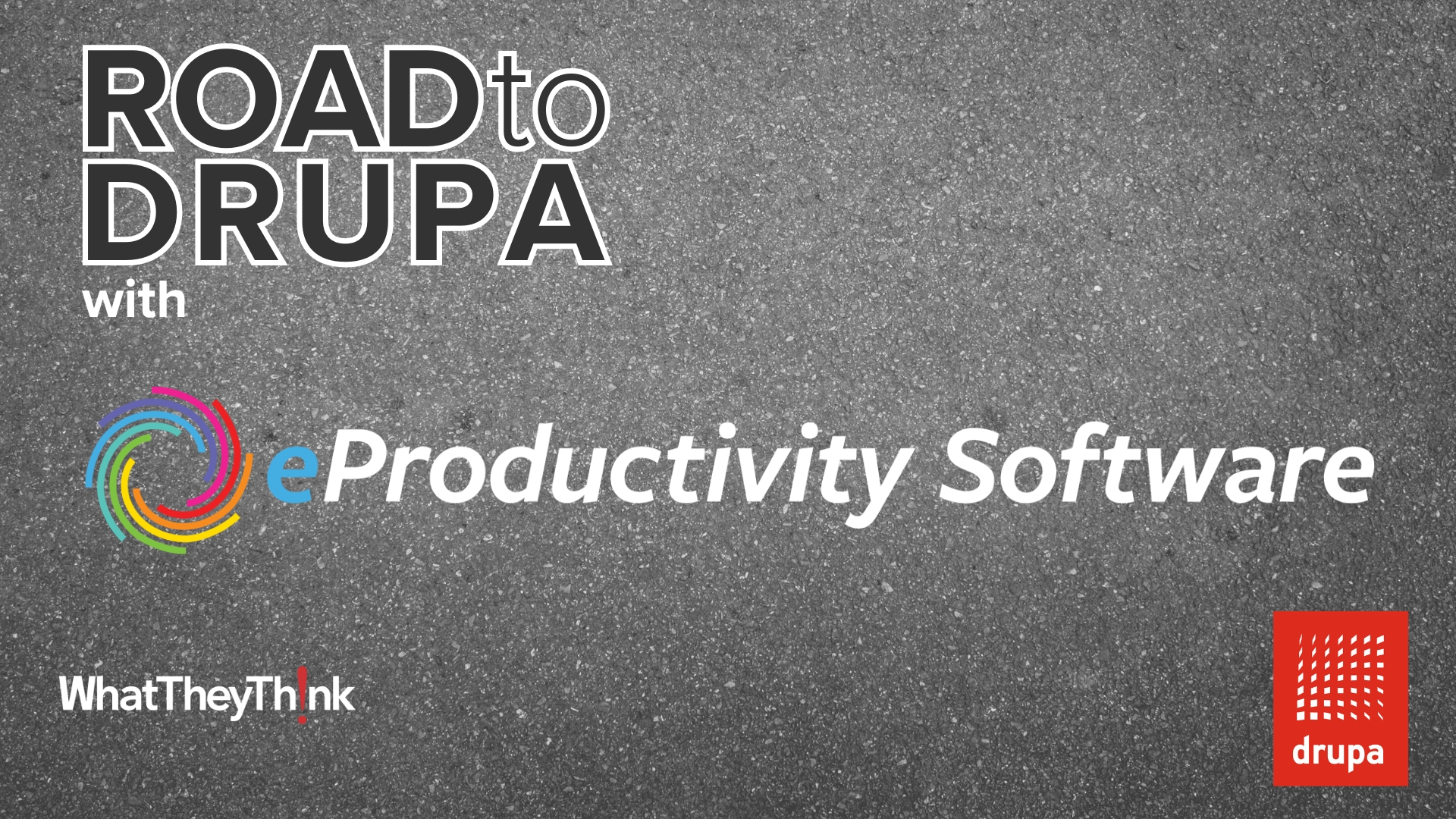In early 2011, a new, 36-page report entitled, “Carbon & Energy Reduction for the Graphics Industry Value Chain” will be released by the PrintCity Alliance. We preview some of the report's findings.
Come the first of the year,
PrintCity Alliance (Gröbenzell, Germany) will be issuing a new, 36-page report entitled,
“Carbon & Energy Reduction for the Graphics Industry Value Chain.” According to PrintCity’s Director of Marketing & Communication,
David Stamp, the new guide flows from two years of research and knowledge sharing among the organizations members and partners with additional input from external research and academia. Stamp says that the purpose of the report is to facilitate enhanced collaborative environmental performance among printers, publishers, brand owners and their suppliers.

PrintCity Alliance members include
Faist, Kurz, m-real, manroland, MKW, Sappi, Sun Chemical, Trelleborg and
UPM, and partners in the report project include
Kodak and
Muller Martini.
Here are some of the findings released in advance of the report’s publication. For those who have been following Carbon Footprint Assessments, there are few surprises here, but we can be hopeful that the full report will provide further illumination:
- ‘Lean’ and ‘Green’ frequently go hand-in-hand to improve both environmental and business performance. (This has been well-documented in investment circles.)
- Ink-on-paper is not always perceived as being environmentally friendly but it is the only media with a one-time carbon footprint. (As much as I would like to believe this, I’m not sure it is completely accurate – there are carbon footprint issues associated with the end-of-life of ink-on-paper that are seldom considered.)
- Carbon Footprint Assessments should be used primarily as an evaluation tool to measure the environmental impact of a product or process to facilitate the reduction of energy use and to lower GHG emissions, rather than to provide a benchmark for offsetting emissions.
- Current Carbon Footprint approaches are confusing, costly and complex – they need to be streamlined and harmonized into something clear, concise and credible.
- The inappropriate use of the Carbon Footprint Assessment as a single factor on which to compare goods or services can lead to unbalanced environmental decisions.
The last three of these points, I think, are well taken, as the current use and misuse of Carbon Footprint Assessments can lead, and has led, to dicey competitive claims (present and future-looking), spurious rankings of industry competitors, and (to some extend) an abdication of the responsibility of reducing GHG emissions in the presence of easily obtained credits and offsets.
The PrintCity Alliance report is available free of charge. To get on the list for a copy of the report when it is released, use the email link
found on this page. (An electronic version also will be available after the first of the year.)
 PrintCity Alliance members include Faist, Kurz, m-real, manroland, MKW, Sappi, Sun Chemical, Trelleborg and UPM, and partners in the report project include Kodak and Muller Martini.
Here are some of the findings released in advance of the report’s publication. For those who have been following Carbon Footprint Assessments, there are few surprises here, but we can be hopeful that the full report will provide further illumination:
PrintCity Alliance members include Faist, Kurz, m-real, manroland, MKW, Sappi, Sun Chemical, Trelleborg and UPM, and partners in the report project include Kodak and Muller Martini.
Here are some of the findings released in advance of the report’s publication. For those who have been following Carbon Footprint Assessments, there are few surprises here, but we can be hopeful that the full report will provide further illumination:









